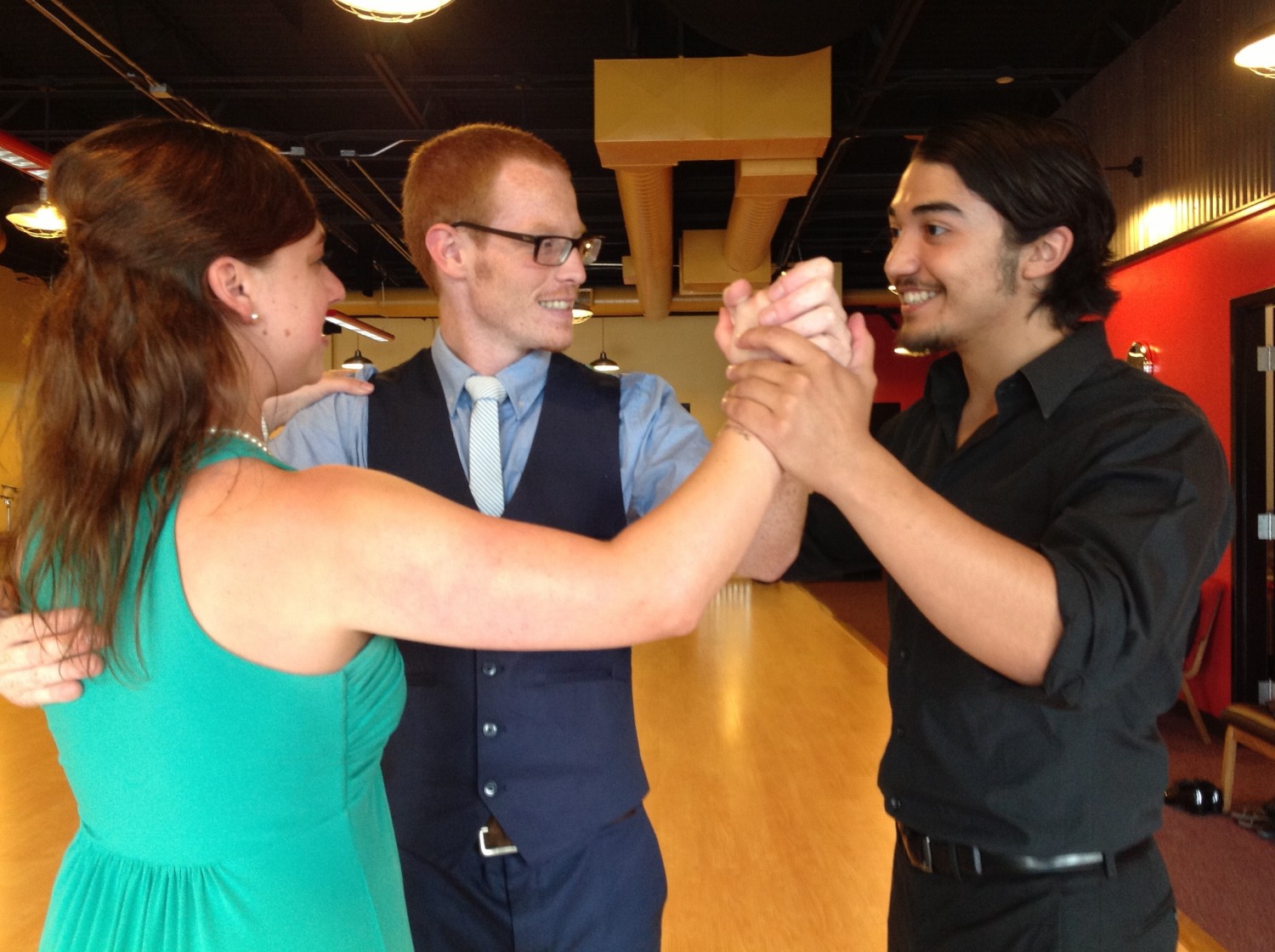Confusing Dance Concepts, Explained

What is the hardest part part about learning to dance? It’s not remembering the steps, or doing the drills, or connecting with your partner, although those can all make you want to pull your hair out sometimes. If you understand what you have to do however, nothing but time separates you from mastering all of the above. No, the hardest part is this: Making sure what the instructor explains is the same as what you understand.
Think about that. If you misunderstand even something as simple as what a ‘step’ really means in ballroom dancing, that will affect EVERYTHING you do on the dance floor. You could spend years perfecting a bad habit, and years more replacing it when it’s finally discovered. So in the interests of saving you some time as you go about fulfilling your dream as a great dancer, let’s clear up some common misconceptions, shall we?
1. The ‘Step’.
‘Steps’ in dance terminology simply mean fully changing your weight from one foot to the other. That means after each step, I should be able to lift my unsupported or ‘free’ leg, without loosing balance. The part that most of us forget is that I don’t have to move my feet to take a step – I can just shift forwards and backwards, or side to side. Since many ballroom movements involve actions like this, it’s important to know that they ‘count’ when following the timing to music.
2. Steps vs Taps vs Checks
While steps are full weight-transfers, a tap or point doesn’t transfer any weight at all. It’s used mostly for decoration, like the open fan in tango. Checks are partial weight transfers, meaning the body temporarily shifts to a space in between the two feet, before moving back again. Depending on the pattern, all three foot movements have their own timing in the music, so remember to give them their space.
3. Which Way Am I Facing?
When instructors talk about alignment, they are usually referring to one of two things: either the direction your foot is pointing, or the direction you are moving relative to the room. The two won’t always be the same, as in promenade position for instance. When this happens, you may sometimes be asked to ‘point’ (your feet) in one direction, but ‘face’ (with your body) another. So in steps 5-6 for the leader’s reverse turn in slow waltz, your foot leads the turn by pointing in one direction, which you then face with your body on the next step.
Now that we’ve got the basics out of the way, we are ready to look at some more confusing things we hear about checking actions, musicality and turns. See you next week!
About the Author
Ian Crewe has been dancing ballroom for over 18 years, and has a Licentiate in American smooth and rhythm. His passion for dance and his endless seeking for ways to reach new audiences eventually led him to blogging and the World Wide Web. Ian currently teaches at the Joy of Dance Centre, Toronto, ON, Canada.

